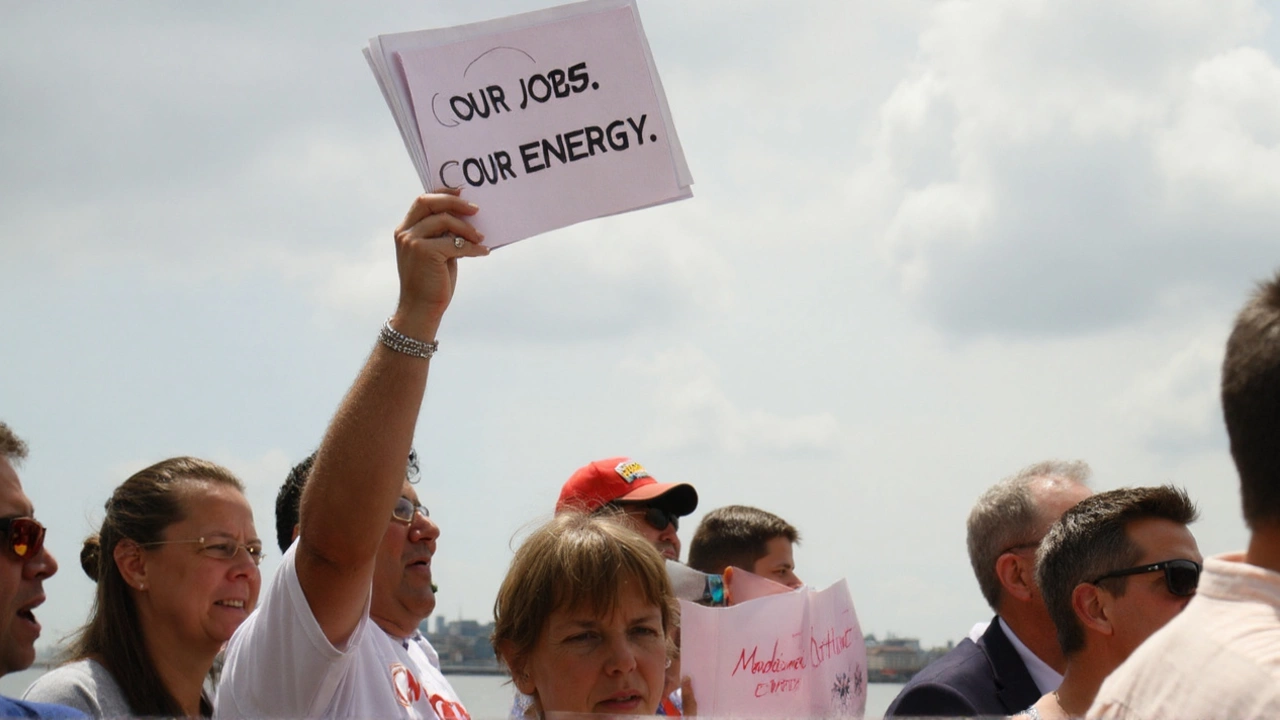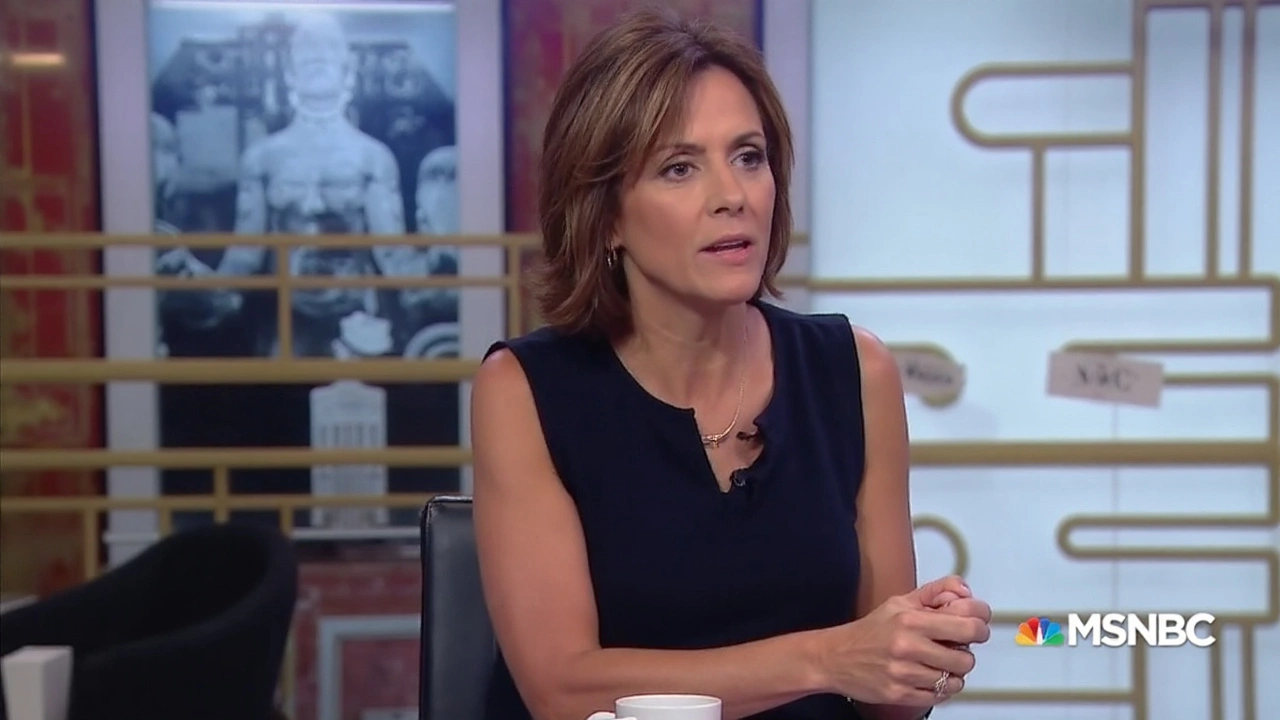Hiring stalls at 22,000; unemployment rises to 4.3%
The headline says a lot: the U.S. added just 22,000 jobs in August, far below the 75,000 economists penciled in. That’s a big miss and a sharp downshift from the steady hiring we got used to earlier in the recovery. The unemployment rate climbed to 4.3%, up from the prior month. Taken together, the August jobs report points to a labor market that’s losing momentum.
This is one of the softer monthly readings in recent months, and the scale of the shortfall matters. Forecast errors happen all the time, but a gap this wide usually reflects a real change in hiring behavior. Employers look like they’re hesitating—freezing openings, slowing backfills, and taking longer to extend offers. When demand feels uncertain, HR teams move from “hire if in doubt” to “wait and see.”
It helps to remember the jobs report is actually two surveys. Payrolls (the 22,000 figure) come from businesses. The unemployment rate comes from households. Those two can diverge month to month. The uptick to 4.3% can mean fewer people found work, or more people entered the labor force and are now counted as job seekers, or both. We don’t have the full breakdown here, but mechanics like that often drive the rate higher even as payrolls still grow a bit.
What could be behind the slowdown? Higher borrowing costs tend to cool interest-sensitive areas like construction, manufacturing, and parts of business services. Household budgets are tight for many, which can sap demand for discretionary goods. Companies also face rising costs in insurance, transportation, and some inputs. Add a murkier sales outlook, and managers shift from expansion to efficiency.
There are a few early-warning corners of the labor market worth watching. Temporary help is usually the first to turn—companies scale back contract roles before permanent headcount. Average weekly hours can also tip the direction of travel; firms cut hours before they cut people. If both temps and hours are slipping, that’s a stronger sign that softness is broadening.
The 4.3% unemployment rate sits above the lows of the past couple of years but still isn’t high by historical standards. It’s close to estimates of the economy’s long-run “steady” rate of joblessness. That nuance matters: this isn’t a collapse, it’s a cooling. But the direction of travel—less hiring, more people looking—can change worker bargaining power fast.
Wages and hours will be key. If pay growth continues to slow and weekly hours drift down, that points to less heat in the labor market and, over time, less inflation pressure from labor costs. If pay stays firm while hiring fades, companies may keep trimming openings or headcount to defend margins.

What this could mean for the Fed, markets, and workers
For the Federal Reserve, weaker hiring complicates the playbook. A cooler labor market helps the inflation fight, but policymakers won’t want to overdo it and risk a sharper slowdown. If upcoming data show continued soft job creation and a steady rise in unemployment, rate cuts become easier to justify. If inflation proves sticky, the Fed may keep rates steady longer, even with softer jobs.
Markets will read this through the rates lens. Slower hiring often nudges investors to expect easier policy ahead. That can pull down bond yields and shift stock leadership toward rate-sensitive sectors. But one weak print doesn’t set a trend. The revisions that come with the next two reports can reshape the story quickly.
For workers, the vibe is changing. Job-switching may get harder, and the premium for jumping to a new employer can fade. Recruiters take longer to move candidates through pipelines. Offers include fewer bells and whistles. If you’re in a cyclical field, keeping skills current and being flexible on role or location can help bridge a slower patch.
For employers, the lever is discipline. Freeze nonessential roles, but protect critical talent. Many firms still remember how hard it was to rehire in 2021–2022. If demand stabilizes, keeping a solid bench beats whiplash layoffs. If it weakens further, precision cuts and selective automation often beat broad hiring bans.
What to watch next:
- Revisions to August payrolls and the next two monthly reports—these often change the picture.
- Initial jobless claims, which give a higher-frequency read on layoffs and hiring frictions.
- Job openings and quits rates—signs of worker confidence and employer demand.
- Average weekly hours and temporary help employment—early indicators of broader shifts.
- Sector breakdowns—where hiring is holding up (health care, government) versus slowing (interest-sensitive industries).
None of this screams crisis. But it does say the easy part of the labor recovery is behind us. The next phase is about balance: enough cooling to tame inflation without tipping growth into something rougher. August nudges the needle toward caution.
